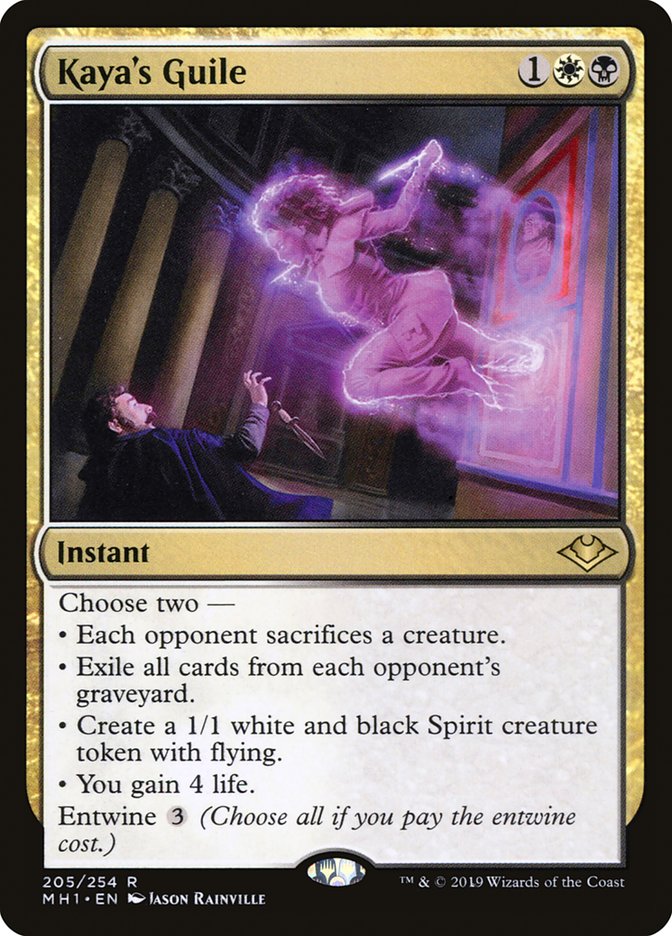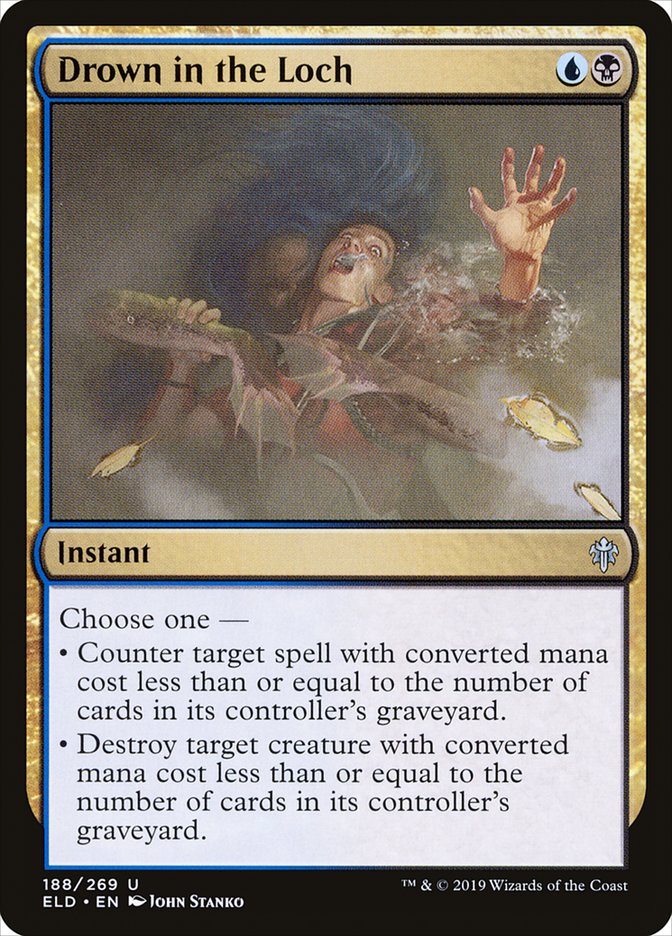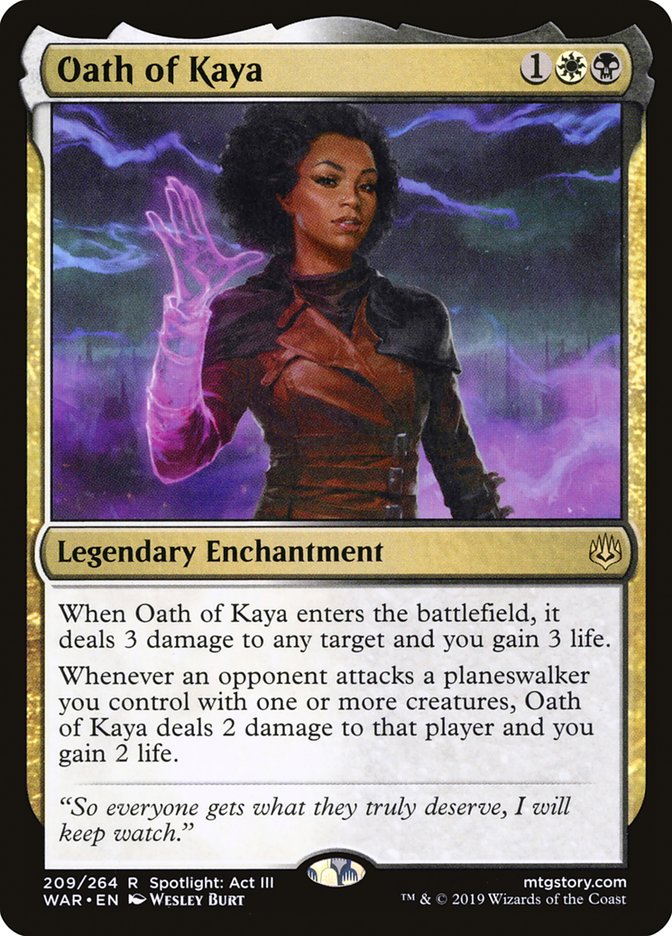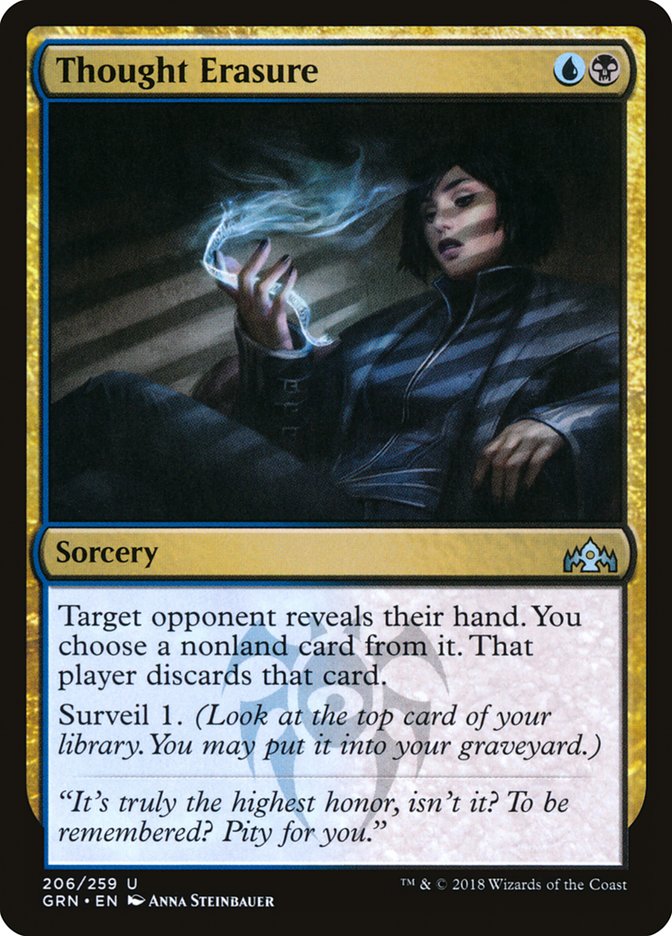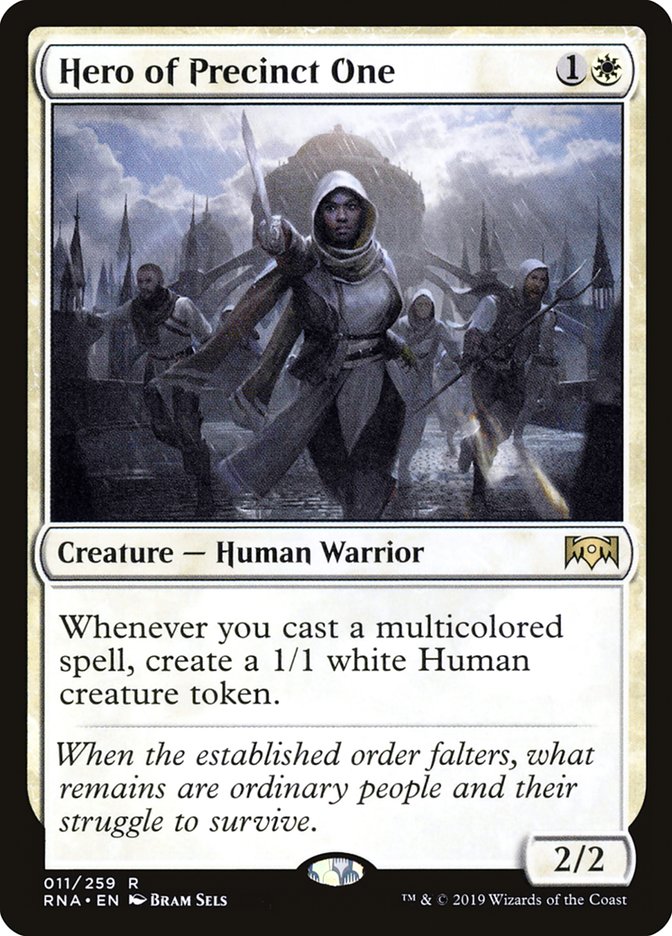Team events are the most stressful tournaments to prepare for. Even though we each have on our format to work on, there is much more at stake. The fate of your teammates rests in your ability to successfully maneuver through your format with a certain level of expertise, requiring little guidance from the rest of the crew. Standard, Modern, and Legacy require a deep level of concentration to be successful in, making the play-by-play individualized. There are always spots to tag in a judgement call, but the lion’s share of responsibility is on the pilot.
Last time I was in Philadelphia for the SCG Tour, I defeated the competition with my colleagues Pete Ingram and Corey Baumeister. There is a group of ten wily veterans that team with each other interchangeably and our combination was too much for the opponents last time around. Taking home the gold made our decision to run it back easy, so we all began prep a few weeks ago in our respective winning formats. This prompted my delve into Stoneforge Mystic decks, and it’s exciting to unveil my Esper Stoneblade deck I have been working on behind the scenes.
Creatures (9)
Planeswalkers (3)
Lands (24)
Spells (24)

You’ll notice that this is not your typical Stoneforge Mystic deck. It has not been built correctly in today’s Modern, lacking that proactive element that Azorius cannot provide. The only disruption that Azorius Control can offer come in the way of counterspells, narrowing the scope of a more midrange option with Stoneforge Mystic. In a perfect world, a one-mana counterspell tackles an opponent’s play; then arrives Stoneforge Mystic, and then another cheap counterspell (Force of Negation perhaps) protects the entry turn of Batterskull. This series was farfetched before the unbanning with other threats and continues to be difficult to pull off. A proactive card like Stoneforge Mystic requires proactive measures.
This led me to an Esper or Jeskai shell for the newly freed Kor Artificer. For some obvious reasons, I leaned heavily toward black as the splash color. Even though I may be biased, this decision came from an analytical viewpoint. The red disruption leads us to a similar issue I had with Azorius. Killing creatures is great and all when those are the guaranteed threats of the format. I needed a more versatile set of answers that can be deployed without waiting for the opponent to act. To get spells like this, black was the only option.
Thoughtseize has been impressive, providing the opportunity of having a premier starting hand. Games where I led off with Thoughtseize and then played Stoneforge Mystic usually went my way. Snapcaster Mage also makes a deck with Thoughtseize that much better, creating some punishing starts for decks that do not have Lava Spike in them. Even against some of the more aggressive decks, losing a few life to completely disrupt a gameplan was working well for me.
Lingering Souls and Kaya’s Guile were overperforming for me as well. At first, I had one of each of them, but the grindy matchups required a Lingering Souls and Kaya’s Guile continued to impress me with the versatility. Hitting graveyards is still good, gaining life Game 1 can steal victory, killing a creature is always powerful, and producing a threat to carry a piece of Equipment is a strong surprise play. The life loss attached to playing a third color in control is offset by the tools that come with it.
This deck has gone through many changes and the last shift I made was adding Drown in the Loch. This hasn’t been tested, but I believe it to be a powerful addition to exactly this style of deck. Having counterspells is great against some decks, terrible against others. That same logic can be said for removal, making a card that does both very strong. I would have gotten in a few games with this addition from Throne of Eldraine, but we had a slight hiccup in the team gameplan.
I immediately went 5-0 in my first League with a very similar version of Esper Stoneblade and have been feeling very good about my chances in Modern. This good feeling abruptly ended when I found out that Corey couldn’t make it to Philly and our pinch hitter teammate, Austin Bursavich, has been putting in a ton of work with Urza, Lord High Artificer. With a brand-new Standard on the horizon, I happily took the challenge of switching formats and tabling Esper Stoneblade until the next Modern tournament.
With Standard as my new focus, I immediately crafted a true Esper Control list. I knew a three-color deck would be tougher to use with the heavy hit to the manabase from rotation, but I was confident that Fabled Passage could make it work. Immediately after that card was previewed, I knew it would be the most sought-after land for three-color enthusiasts and I added the maximum amount to this Esper Control deck.
Creatures (4)
Planeswalkers (8)
Lands (27)
Spells (21)

This is the Esper Control deck that I was dominating with up until a few days ago. It has great matchups with other decks that claim to be control but play a few funny cards that water down the more powerful elements. I found myself desperately countering Doom Foretold, wasting a ton of resources on disrupting the namesake of the deck, before finally realizing it draws them a card and I discard a land. There are a few other irritating effects of the card, but nothing that can’t be handled quite easily. After losing a few times with that original gameplan, I only went after Dance of the Manse and it became quite easy to beat.
There are a ton of different decks that I have played against on MTG Arena; however, I do not think I will play against many of those brews this weekend. I began to narrow down the most popular lists to craft an expected metagame that I expect to see in Philly. These decks include Simic Midrange, Esper Dance, Red/Knights Aggro, Fires of Invention, and Five-Color Golos. I have had success against most of that list and started to see a steep decline against Five-Color Golos as the deck has adapted to beat the mirror in their most recent versions.
Five-Color Golos was already tough, but I did a few tweaks that made it a positive matchup. Sideboarded games are even worse for the Golos, Tireless Pilgrim fans out there, with opportunities to steal back large things and more ways to rebuy that effect. The additional Duress, Dovin’s Veto, and Ashiok, Dream Render also tilted the scales in my favor. This has all changed since they began running maindeck Agent of Treachery, Planar Cleansing, and a few other big hitters against slower decks that make it tough to develop late-game advantage.
Since Five-Color Golos is the deck to beat, other decks have been metagaming in a similar fashion in the last few days. There are fewer pieces of specific removal in each deck, making the number of dead cards versus Esper Control much lower. This takes away the main advantage control decks have Game 1 and has hurt my win percentage in the process. The amount of aggro decks has also dropped, forcing me to drop a few Oath of Kaya and try to keep up with the onslaught of big mana decks. After middling around a 65% win rate, I decided to go back to my hero from the last format.
Creatures (14)
Planeswalkers (4)
Lands (26)
Spells (16)

There will be a time in Standard where true control is better than this midrange option. Without having an early clock, it is difficult to pressure Teferi, Time Raveler from the ramp decks and killing it with Murderous Rider after they drew a card does not feel good. There are some bonkers starts with Hero of Precinct One against the slower decks and it gives that aggression that is needed when it is impossible for the control pilot to go over the top.
Trying to out-haymaker the deck built on accelerated haymakers is usually a futile task. In this strange new world, control fans may have to take advantage of a few creatures early on, put the onus on the opponent to act, and then hit them with a while-timed Thought Erasure or Dovin’s Veto. Both Esper Control decks I posted have been relatively successful for me and I am not positive that Esper Hero is the way to go. I do know it is better against the Five-Color Golos deck, but worse against those that play some early removal and now have targets for it.
The true Esper Control deck posted above has all the tools to defeat any deck you want. The underlying issue is that you must guess the metagame correctly, and if you do, there is a high chance that you will easily dominate the competition. If you are positive there aren’t many Five-Color Golos decks in your area, shave some of the counterspells for additional copies of Oath of Kaya to take down aggro decks. If you feel that the room is trying to land expensive spells only, drop some removal for some more counterspells and hand disruption. Unfortunately for me, I am unsure which direction the competition will move this weekend in Philly, so I am going with the middle option.
Even though there will be more players choosing the best deck (which happens to be Five-Color Golos), there are too many rounds in an Open to pigeonhole yourself to beating that one strategy. In the last team event I attended, I was sure there were going to be more Bant Ramp players than others and I was right. My losses on Day 2 were to Boros Feather and Vampires, because that is the nature of a big competitive tournament. Until the formats settles down, or my performance doesn’t affect teammates around me, I am going to get my Human tokens ready for battle. Good luck to all those competing somewhere this weekend!




